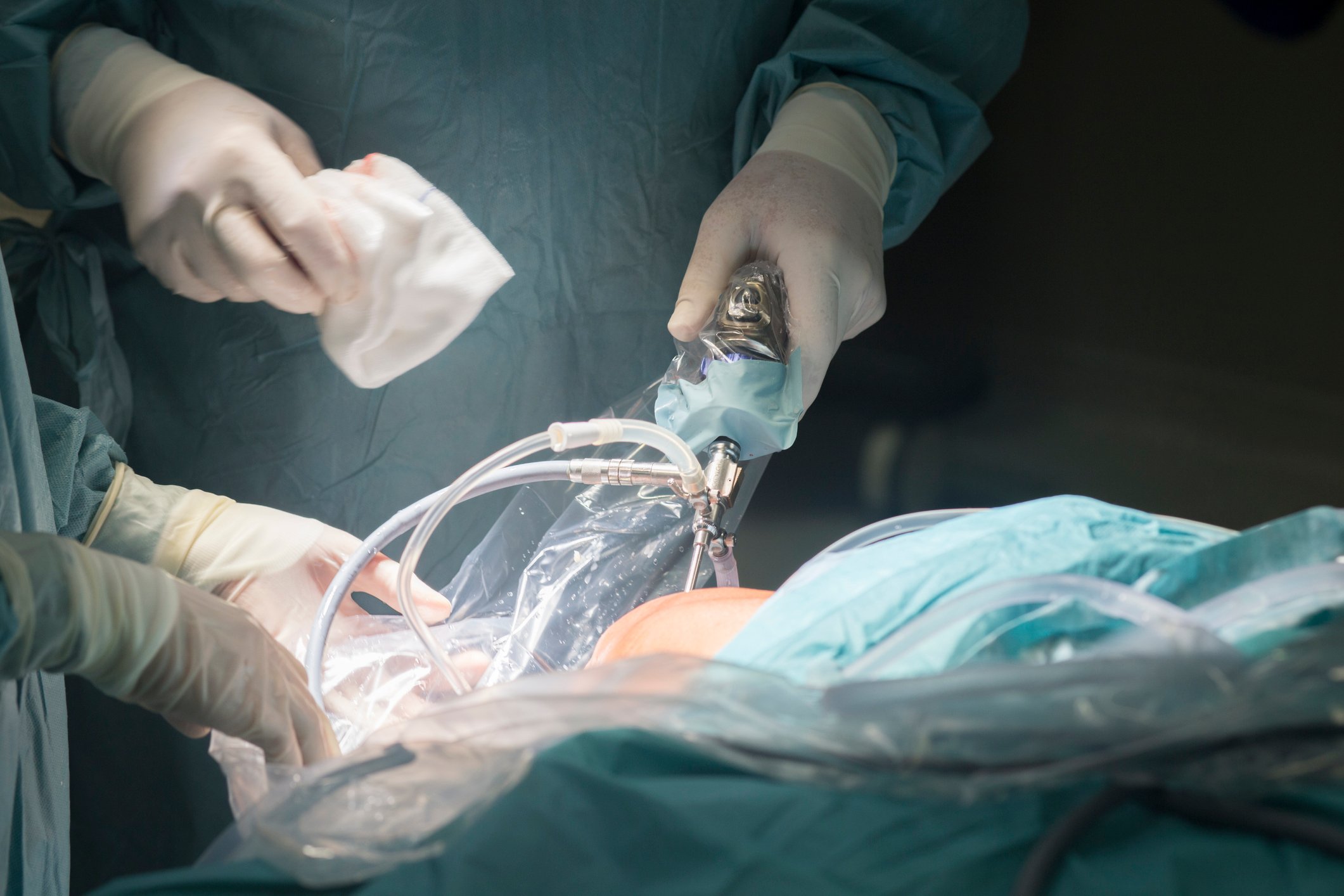
Nasopharyngeal and nasotracheal suctioning are safe, effective alternatives to oral suctioning, especially for patients with oral obstructions such as loose dentures or patients who are unable to cooperate with oral suctioning. Though the procedures are similar, nasotracheal suctioning requires deeper penetration. Here’s what you need to know about these two important interventions.
The Differences Between Nasopharyngeal and Nasotracheal Suctioning
The most important distinction between nasopharyngeal and nasotracheal suctioning is that nasotracheal suctioning is more invasive. This means that the latter requires a longer catheter and more precision. A feasibility trial also suggests that a curved-edge catheter achieves better tracheal access with fewer failed attempts.
Similarities Between Nasopharyngeal and Nasotracheal Suctioning
The basic indications for nasopharyngeal suctioning and nasotracheal suctioning are similar, and include:
- Aspiration
- A patient who is vomiting or bleeding into the airway
- A patient who is unable to clear their airway and who has visible or audible airway secretions
- Blood gas values that are deteriorating
- Increased respiratory effort
- Radiographic evidence of retained secretions causing atelectasis
Occasionally, it may also be appropriate to suction a patient to stimulate coughing or to obtain a sputum sample for analysis.
Which should you use?
- Nasal suctioning may be the best option when a patient is uncooperative, unable to open their mouth, or when oral suctioning fails.
- Nasopharyngeal suctioning is almost always the preferred first resort.
- Only perform nasotracheal suctioning when less invasive methods, including nasopharyngeal suctioning, have failed and the patient shows clear indications for suctioning.
The complications of nasopharyngeal and nasotracheal suctioning are similar and include airway trauma, hypoxia, pneumothorax, and infection. Both require diligent monitoring of vital signs and pre-suctioning oxygenation. Using a local anesthetic can also reduce pressure and pain, particularly when you must frequently or repeatedly suction the patient.
Epiglottitis and croup are the only clear contraindications to both types of suctioning. However, some conditions may elevate the risk of suctioning, and so it is important to adopt protective strategies and diligently monitor the patient. Those include:
- Bronchospasm
- Laryngospasm
- Neck or spinal cord injury
- Head injury
- Occluded nasal passages
- Bleeding disorders
Strategies for Effective Suctioning
Nasotracheal and nasopharyngeal suctioning demand a similar approach. To effectively suction the patient:
- Ensure that they show clear indications for suctioning.
- Preoxygenate them.
- Monitor vital signs before and after suctioning.
- Never suction for longer than 10-15 seconds.
- Listen for signs of improvement in breath sounds.
- Monitor for changes in the color of secretions, including bloody secretions.
- Check for airway injuries after the procedure.
- Monitor for changes in blood oxygen and intracranial pressure.
As with all medical procedures, educate the patient about the intervention before proceeding. If the patient is intellectually disabled or a child, explain the procedure to their caregivers. Always get consent. Maintain a calm, reassuring demeanor during the procedure, and be sensitive to patient fears about injury and pain. With reluctant patients, compassionate support is always preferable to restraint.
Choosing the Right Equipment
- When performing nasotracheal suctioning, measure the catheter from the nose to the tip of the earlobe, then downward from the thyroid cartilage to the neck.
- The catheter should usually be 20-24 centimeters in adults, 14-20 centimeters in children, and 8-14 centimeters in young children and infants.
- To measure a nasopharyngeal catheter, measure from the tip of the nose to the base of the earlobe only.
The suction catheter should be approximately 16 centimeters in adults, 8-12 centimeters in older children, and 4-8 centimeters in infants and young children.
Editor's Note: This blog was originally published in June 2024. It has been re-published with additional up-to-date content.















